One of the most critical stages of the home buying process is the inspection. However, inspections are not the silver bullet many people deem them to be. This is because home headaches rarely reveal themselves during a standard home inspection. Also, some issues are usually beyond the scope of the home inspector and require a specialist to diagnose So, what do home inspectors look for and what are the red flags to look out for? Find out below.
1. Partially Damaged or Blocked Sewer Lines
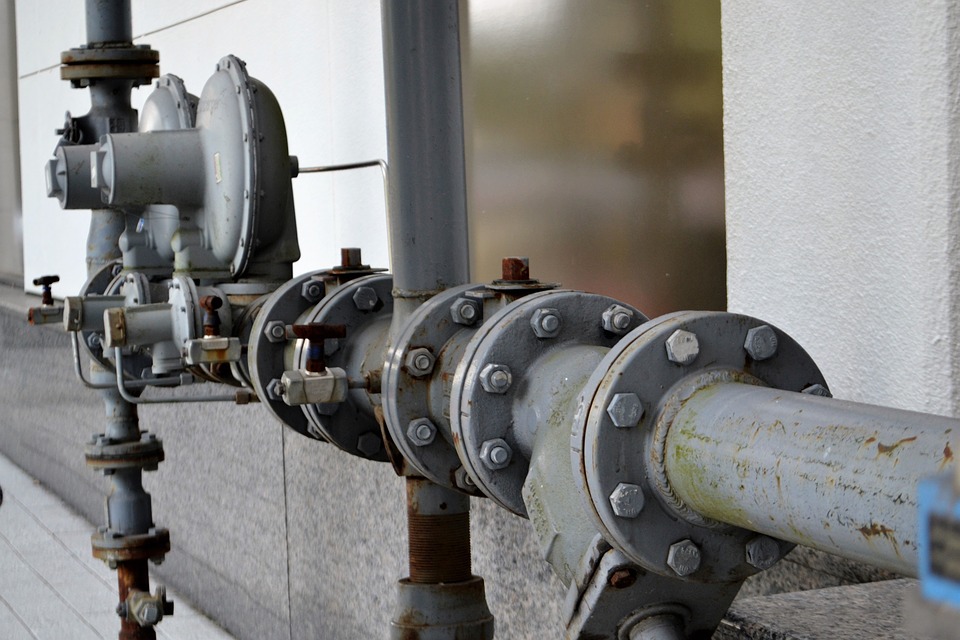
Most plumbing problems take time before they show signs of damage or need for repair. A partially broken or damaged sewer line is one of the most common issues that inspectors miss to diagnose. During the inspection, the sewer line may work perfectly even though there are some underlying issues. An inspector will inspect the sewer pipes and determine the age and how much longer they can be good for use. However, sewer pipe scoping is not included in a home inspection and thus a partially broken sewer line will be missed during a routine inspection.
2. A Failing HVAC Installation

Just like sewer lines, it is hard to diagnose an HVAC performance issue during a home inspection. This equipment can be perfectly fine on the day of the inspection and completely break down the day after. It is important for the inspector to bring with them an HVAC specialist to completely assess the state of the equipment as part of the inspection.
3. A Heat Exchanger That Is Cracked
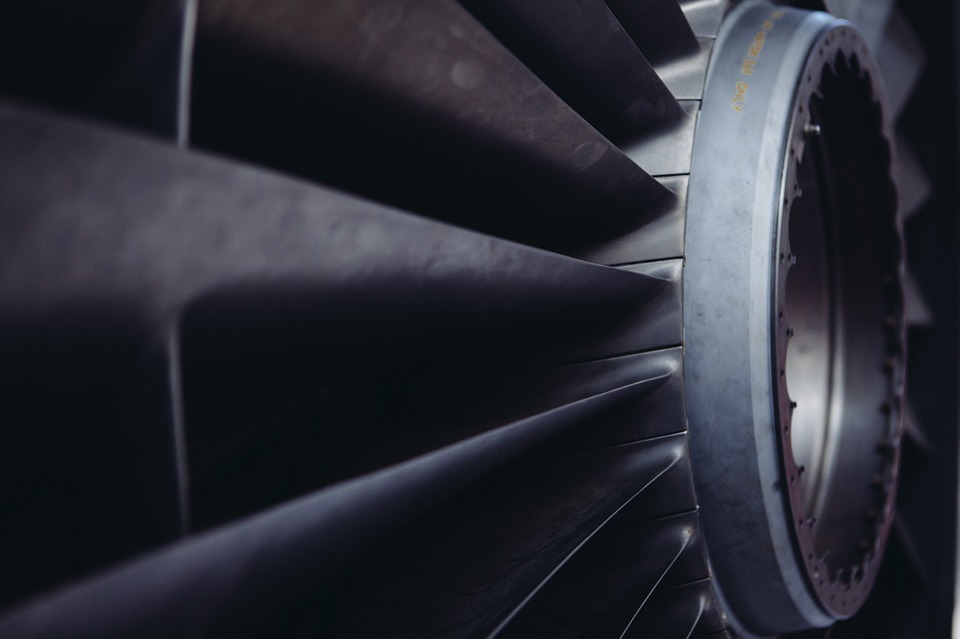
In some areas, the heat exchanger equipment sits outside the house. Most inspectors do not look at the condition of the heat exchanger. But the equipment can develop cracks which cause functionality issues that can be hazardous to the people living in the house. Make sure to ask your inspector to check the heat exchanger, especially if the furnace is more than ten years old.
4. Electrical Issues
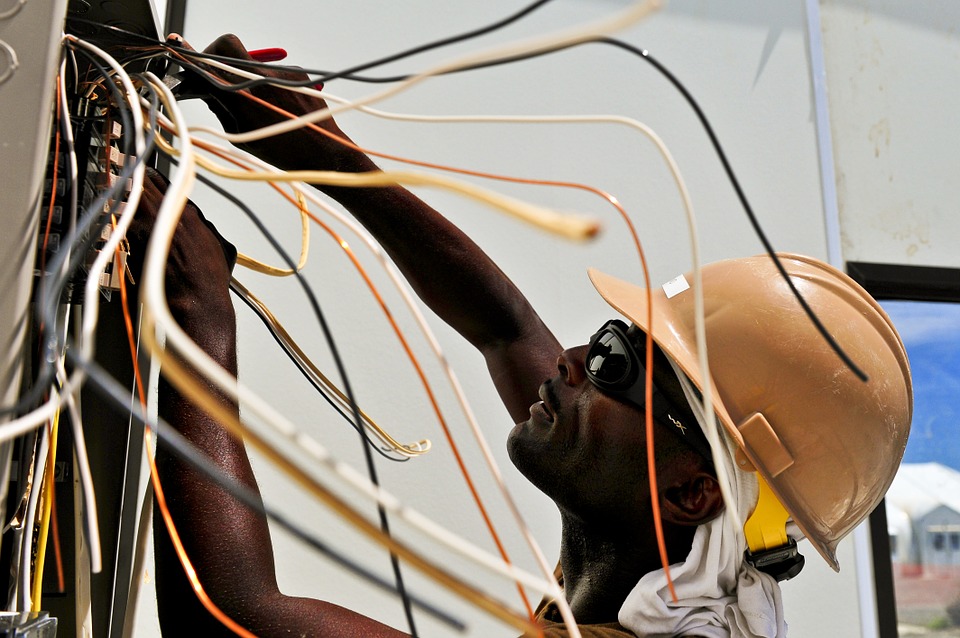
A home inspection is mostly a visual inspection. For this reason, most inspectors cannot tell if the home has electrical issues that need to be fixed before you buy the house. Even when they determine that the home has electrical issues, they can’t quite tell where the problem is emanating from.
5. Leaks
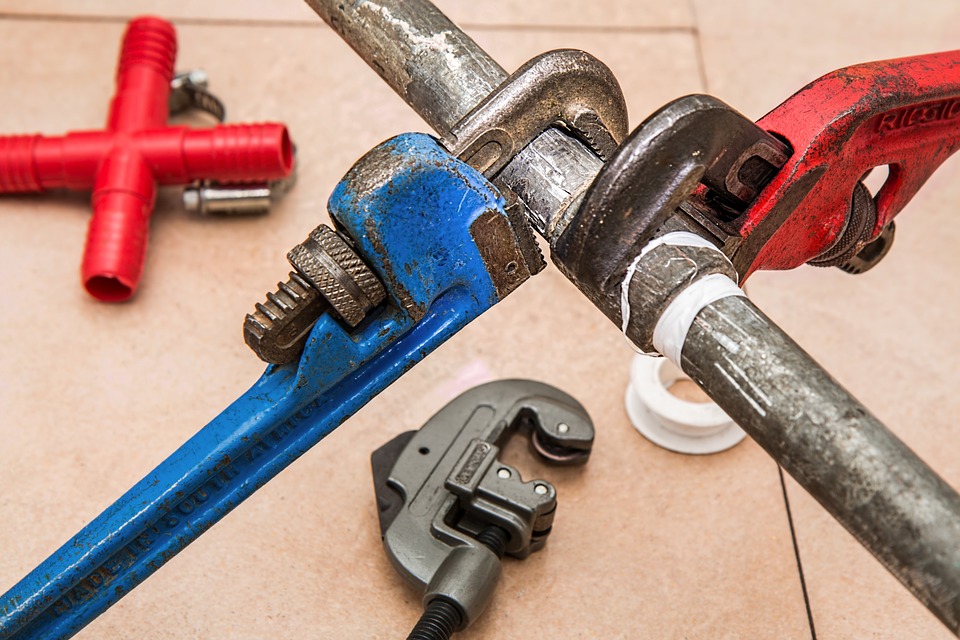
If the house develops leaks during or just before the inspection, the inspector will catch it and recommend ways to fix it. However, sometimes, the leaks can occur after a home inspection and this affects the cost of any home. Therefore, it is important to get the services of Drain Rescue plumbers to determine whether there are problems with the plumbing systems or potential leaking issues.
6. Issues with The Structure
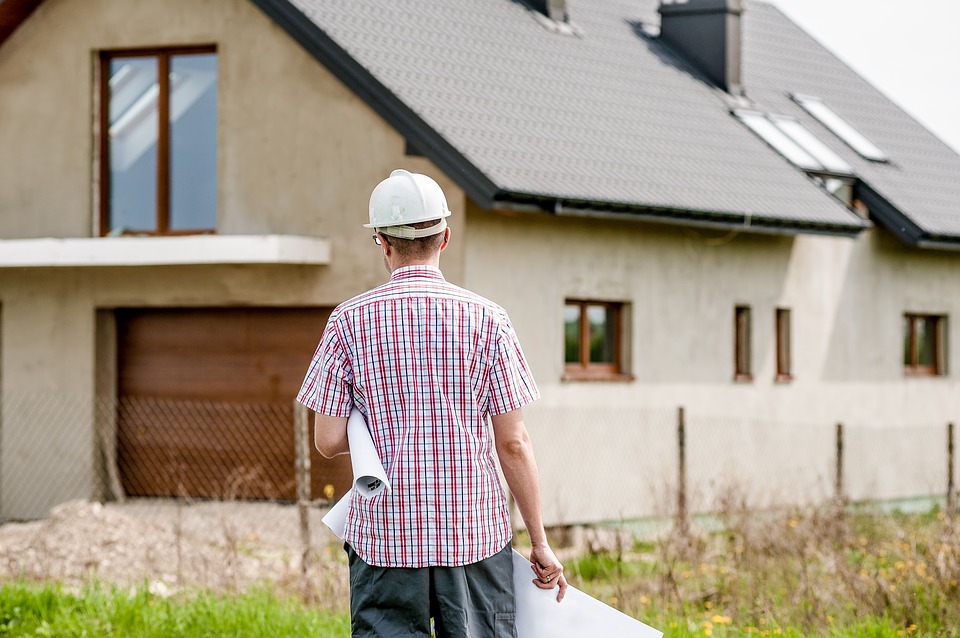
A home inspector can also miss issues with the structure of the home. Even so, a good inspector should be able to tell whether a home has structural issues or not. Determining how bad the issue is may not be in the inspector’s line of work. If the inspector finds fault with the structure, you may require the services of an expert in the area to determine the extent of the issue.





